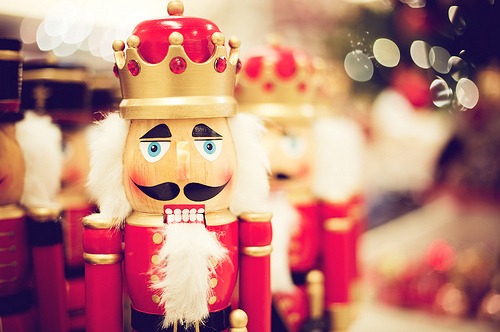Modern nutcrackers in this style serve mostly for decoration, mainly
at Christmas time, a season of which they have long been a traditional
symbol. The ballet The Nutcracker derives its name from this festive holiday
decoration. The original nutcrackers were first seen in Germany and were
thought to have guardian-like properties because of their strong appearance.
The origin of the Nutcracker, a classic Christmas Story, is a fairy tale ballet in
two acts centered on a family’s Christmas Eve celebration.
The first performance of the Christmas ballet was held as a double premiere
together with Tchaikovsky’s last opera, Iolanta, around the Christmas holiday
season on December 18 [O.S. December 6] 1892, at the Imperial Mariinsky
Theatre in St. Petersburg, Russia. It is generally agreed that Lev Ivanov,
Second Balletmaster to the St. Petersburg Imperial Theatres, worked closely
with Marius Petipa, Premier Maître de Ballet of the St. Petersburg Imperial
Theatres and widely regarded as the Father of Russian Ballet, to create the
holiday ballet. It was conducted by Riccardo Drigo, with Antoinetta Dell-Era as
the Sugar Plum Fairy, Pavel Gerdt as her Prince, Stanislava Belinskaya as
Clara/Masha, Sergei Legat as the Nutcracker Prince, and Timofei Stukolkin as
Uncle Drosselmeyer.
If you wanna know more of it CLICK HERE!


No comments:
Post a Comment